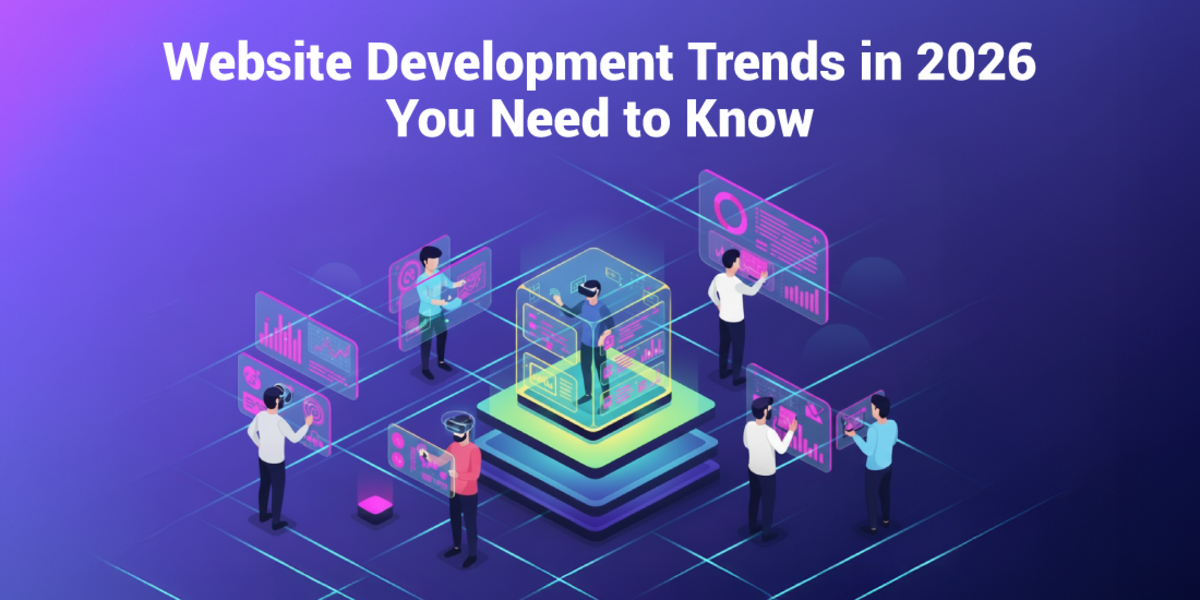The Role of Artificial Intelligence in Strengthening Enterprise Databases And Analytics
- By Walter Moore
- 11-01-2021
- Artificial Intelligence

We hear about AI or Artificial Intelligence much frequently lately and there is no doubt why it had taken center stage in the enterprise data analytics world with unrelenting capabilities. Business decision-makers are now trying to discover more innovative ways with AI to improve their decision-making with assistive intelligence by leveraging the latest technology and tools' benefits. Artificial Intelligence is proving to be the most viable business intelligence solutions lately by incorporating enterprise data and analytical methods.
AI had unveiled its fullest capabilities with the arrival of big data. The AI applications of our times feature advanced algorithms and hyper-computing powers. AI is now an umbrella term covering many things, from machine learning and deep learning to probabilistic predictions and natural language processing, as we can see with Siri, Alexa, and Google, etc. Considering all these, no one, including the small organizations, can ignore the overwhelming potential of AI in combination with big data, machine learning, etc., which may transform the technological world over the next decade. When you use it you will see the substantial results you can get out of it.
Database management and AI
Each generation of database management systems is paving the way to more advanced and sophisticated organizational data use. While the first-generation databases' objective was to store the data safely, the next generation came with effective data integration and retrieval features; now, the latest generation of databases is focused on unlimited big data storage and high-end data analytics capabilities.
Ever since the database systems start to capture the data from business transactions, we've to try to integrate it for strategical and tactical decision making. The old-age data warehouses have now given way to big data marts. The next generation leveraged business reporting through data integration and analytics (OLAP), with which the organizations can set, monitor, and achieve their goals using data metrics.
This is known as the BI wave in the enterprise database approach. The latest generation technologies like Hadoop can effectively meet the challenges of big data volume, data velocity, and challenges. In contrast, cloud platforms enable users to take advantage of the analytics capabilities of databases.
The enterprise analytics spectrum
While the organizations now largely target analytical capabilities while considering an effective database management system, we can consider three broader analytical forms for decision making. The latest enterprise DBMS's latest analytical capabilities cover a wider spectrum of analytics, which may effectively correlate with the destined business' analytics maturity.
You can consider the latest initiative of the Customer-360 approach as a classic example of this. Adding to the primary needs for data acquisition and integration from various operational platforms like CRM, order management, customer support, and finance, etc., enterprises may also gather customer behavior data from the landing pages of the websites, social media platforms, and also the product usage data for analytical purposes. Reporting and BI apps can leverage this data to analyze it against the predefined metrics and find the metrics like engagement, churn rate, calculated lifetime value, etc., along with various other customer attributes to aid in decision making.
Data warehousing
With all this plenty of data, modern-day data warehousing solutions can support the BI process to achieve the business goals much easier and quicker. As this approach is advancing, the business analysts and the data-savvy applications users tend to explore the data much more carefully and create tangible data analytics insights in a self-service model. This technology-driven analytical approach can answer many questions. It can also create many new meaningful metrics that can be used for more effective decision making to achieve the business goals much quicker and easier. Providers like RemoteDBA can also help you out in offering the best in class remote data warehousing services.
Predictive analysis
Another major category in BI is not diagnostic but prescriptive or predictive. This is the path of data science and artificial intelligence, which helps to analyze the data for patterns to predict customers' future behavior and the market. Based on the specific matrices about your business, you can train the machine learning models using historical datasets to derive recommendations based on probabilities. While it is important to look for signals to find out if a customer might leave you, it is also equally important to predict an ideal retention offer you could put forth to them to hold back. On the Customer 360 platforms, the BI dashboards can also show all these initiatives' resultant progress.
An ideal data analytics approach can be further categorized into four major business objectives:
1. Understanding customer behavior
2. Understanding product usage
3. Increasing operational efficiency
4. Business innovations.
Choosing AI tools
All these functions are now the heart and brain of all types of business modes that aim to deliver a quality product or service consistently efficiently. This is important in terms of customer relations by maintaining solid relationships with the customers and offering them innovative products and services in disruptive ways. Any initiatives in these areas will rely on these forms of database and analytics capabilities, and no matter which database application and analytical tools you choose, business intelligence, self-service analytics, and artificial intelligence are likely to play a crucial role in your enterprise database administration and business decision making in the future.
When choosing the AI tools, you need to be very careful and diligent to make the right choice based on your enterprise needs and goals. The objective of each enterprise differs in terms of analytical and data-based decision making. So, you need to have a thorough understanding of your business needs and analytical goals at the first point to decide what kind of an approach to taking in terms of business intelligence and the choice of AI and BI applications to make. As discussed, you can also take the support of a good app designer, which are well-versed in artificial intelligence applications, to audit your data and database assets in light of the business objectives to give you the most appropriate suggestions in terms of deriving the right approach.


.jpg)


